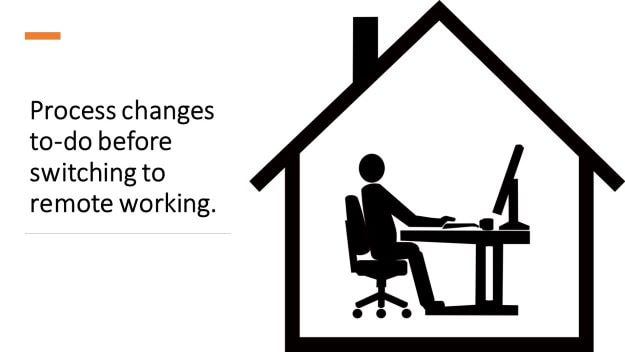While such a move guarantees operational cost-savings and continued productivity (thru the pandemic); remote working has its own bundle of difficulties both for the employee as well as the company.
For instance, you may need to set up procedures to ensure that there is no disturbance because of children or pets at the employee's home or some woodwork clamor originating from their neighbor's home.
People ordinarily are social creatures. Working continually from home or distant places can have unfavorable impact on the employee’s output, personality and in extreme cases, even on their psychological wellness.
Organizations seeking to change over huge amount of its work through far-off tasks should necessarily assess their employee's capacity to bear distant working before allotting them remote work duties. Comparative test must be accomplished for every new hire. Hence, HR processes, recruitment, employee development, learning processes must be appropriately amended prior to changing traditional working norms to remote operations.
Another challenge to remote working is changed operational framework. For example, computer systems, software, cloud-based working platform, ERP, cyber-security, eLearning platforms and so on.
Drawing process maps for every single business process, division wise and also cross-functional processes will help identify potential challenges to transitions from conventional working to remote operations.
Employing Kaizen to bring -on such transitions will not only augment smooth transition, but also bring-on the change effectively, lower costs and increase employee morale.
Kaizen is a time-tested Japanese business improvement methodology. It got popularity after it was implemented by Japanese auto companies to rise from economic downturn post world-war II.
#ContinuousImprovement #Kaizen #RemoteWorking #ContinousImprovementStrategy #NewNormal #Covid19 #BusinessProcessImprovement #ProcessDesign





















